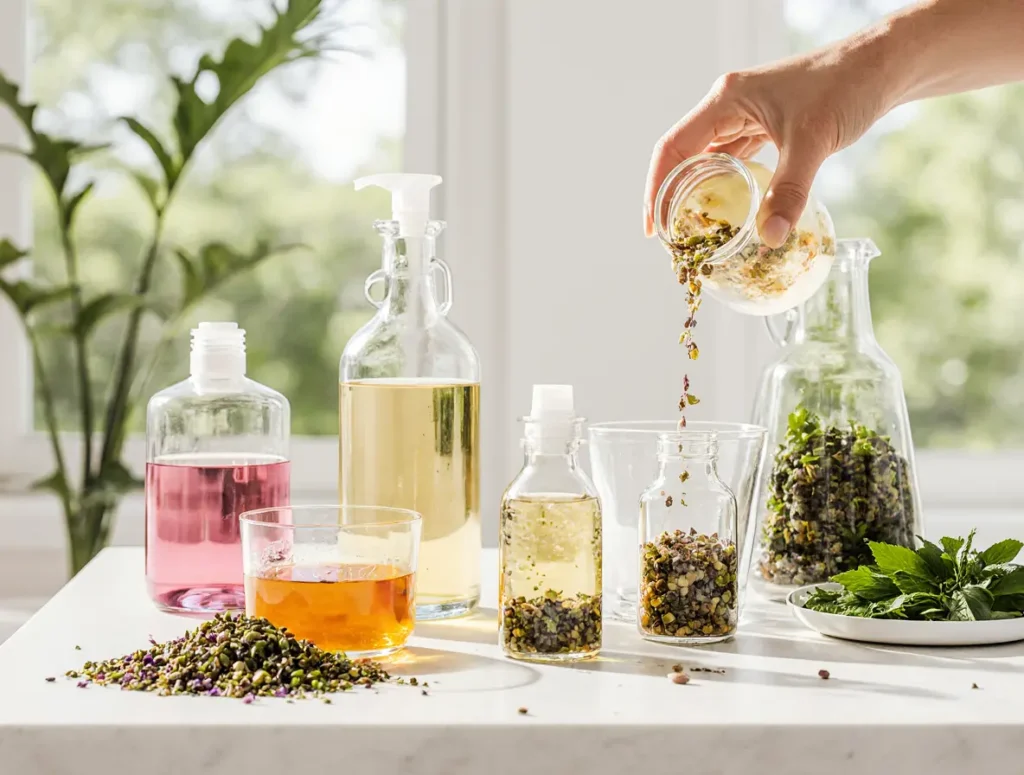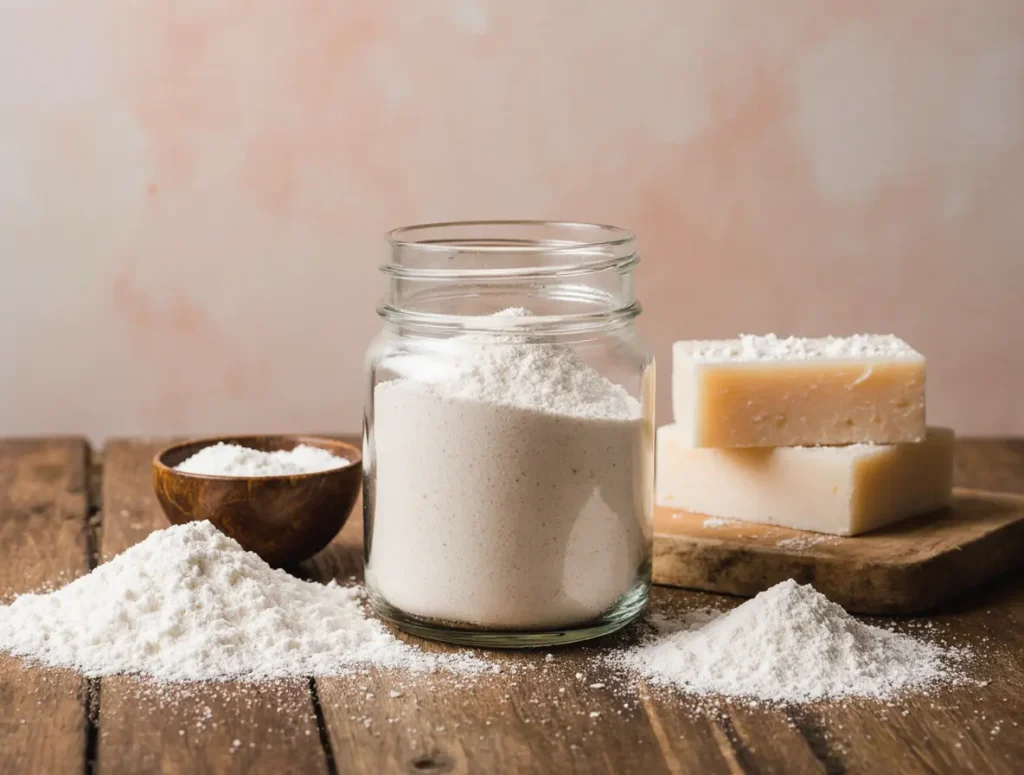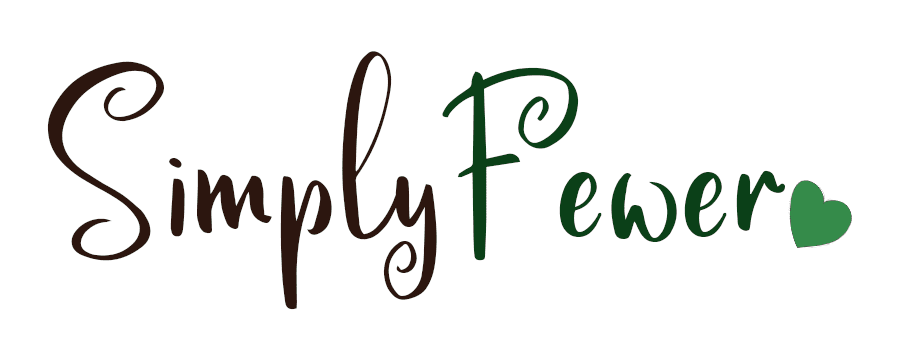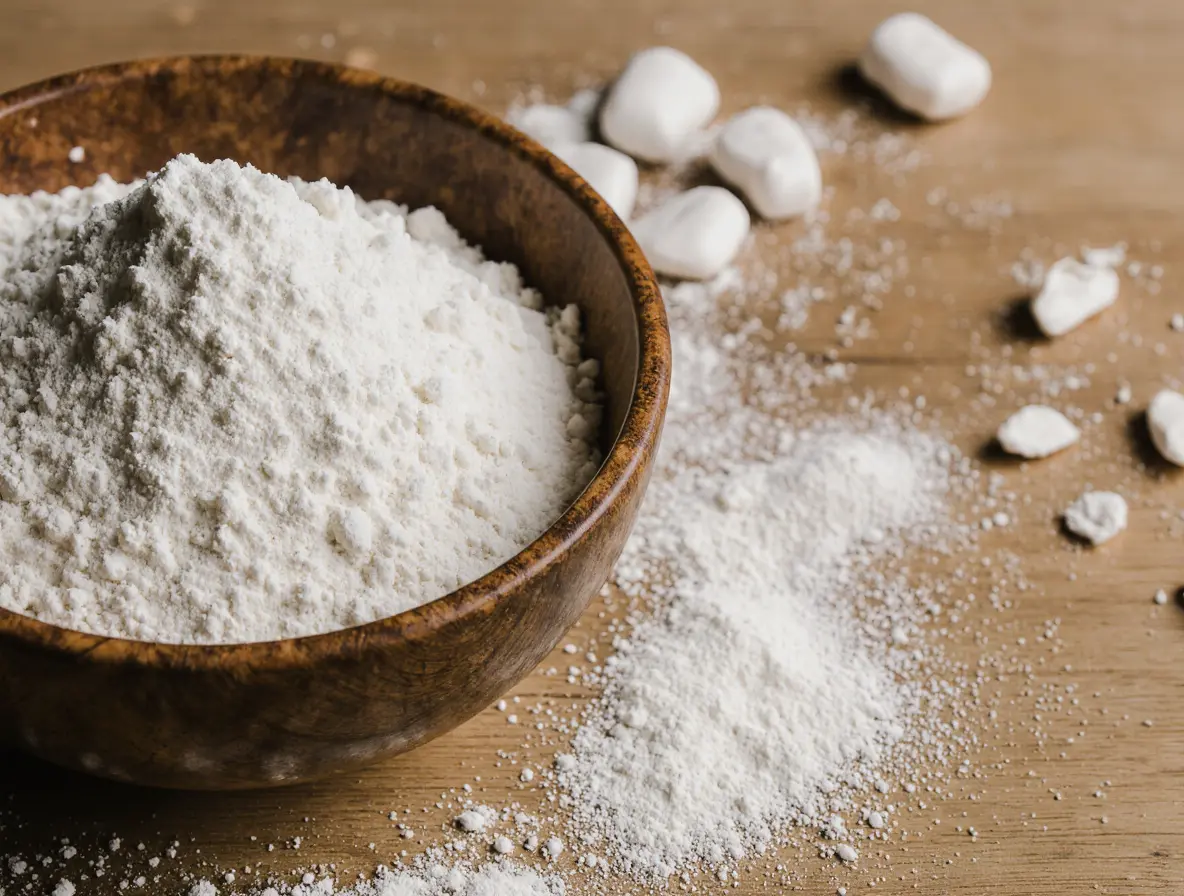Why Bother Making Your Own Laundry Detergent?
Have you ever wondered what’s really swirling around in your washing machine? Behind the fresh scent and spotless shirts, commercial detergents often come packed with harsh chemicals, unnecessary fillers, and scents that can irritate sensitive skin. But here’s the good news: you don’t have to settle for that. Making your own homemade laundry detergent isn’t just a fun DIY project — it’s a smart, eco-friendly move that can save you money and protect your family’s health.
Think of it like cooking your own meal instead of ordering takeout. You control what goes in, so you get something healthier, cheaper, and tailored exactly to your taste (or in this case, your laundry’s needs). Plus, it’s surprisingly easy — and once you get the hang of it, you might never go back to store-bought detergent again.
In this guide, we’ll explore why homemade detergent is becoming so popular, what goes into making it, how it works, and tips to make your laundry routine both greener and cleaner.
Table of Contents
The Rise of Homemade Laundry Detergent: More Than Just a Trend
Over the past decade, there’s been a significant shift toward DIY household products. Why? It’s partly because of rising concerns over the environment, but also because people crave simplicity in a cluttered, commercialized world.
Imagine your laundry room shelves right now — probably crowded with brightly colored bottles promising whiter whites and softer towels. But what if you could replace all that with a single glass jar of detergent you made yourself? That’s minimalism in action, and it’s deeply satisfying.
An interesting anecdote: A friend of mine, Emma, started making her own detergent after her daughter developed eczema. Within weeks, the flare-ups calmed, and Emma realized her family’s health was closely tied to everyday products most of us never question. Her story isn’t unique — countless families have discovered how homemade detergent can be gentler on skin and the planet.
What Makes Homemade Laundry Detergent So Effective?
At first, it might seem almost magical that a simple blend of ingredients could replace commercial products with dozens of chemicals. But there’s real science behind it.
Key ingredients often include:
- Washing soda: Helps break down grease and neutralize odors.
- Borax: Acts as a powerful cleaning booster.
- Natural soap (like castile or grated bar soap): Lifts dirt and stains from fabric.
Think of these ingredients as the “dream team” of natural cleaning. Each plays a role, much like how flour, sugar, and eggs combine to make a cake rise just right. Together, they tackle stains, dirt, and odors effectively — without synthetic fragrances or harsh chemicals.
How to Make Your Own Laundry Detergent Powder (Step by Step)
Ready to roll up your sleeves? Here’s a simple recipe that thousands swear by. You’ll need:

- 1 cup washing soda
- 1 cup borax
- 1 bar of natural soap (grated finely)
Step 1: Grate the soap
Use a cheese grater or food processor until you get fine flakes. This helps it dissolve faster in water.
Step 2: Mix
In a large bowl, combine the soap flakes, washing soda, and borax.
Step 3: Store
Transfer to an airtight container. Mason jars or old detergent boxes work perfectly.
Step 4: Use
For a standard load, use about 2–3 tablespoons. Adjust if you’re washing extra-dirty clothes or very soft water.
This process feels a bit like mixing your own spice blend. At first, it might seem like an extra step, but soon it becomes second nature — and strangely satisfying.
Benefits That Go Beyond Clean Clothes
1. Cost savings
Store-bought detergent can cost anywhere from $10–$20 for a large box. Homemade versions often cost just pennies per load.
2. Eco-friendly
Fewer plastic bottles, less packaging waste, and natural ingredients that break down more easily in water systems.
3. Skin-friendly
Many users notice fewer rashes, itches, or irritations, especially those with allergies or sensitive skin.
4. Customizable
Prefer lavender-scented laundry? Add a few drops of essential oil. Want extra stain-fighting power? Add a bit more washing soda.
5. Minimalist lifestyle
It feels good to replace shelves of products with one simple jar. It’s like decluttering your wardrobe — your laundry space feels calmer and clearer.
Common Myths and Concerns About Homemade Detergent
“It won’t work as well.”
In most households, homemade detergent cleans just as effectively. For very oily stains, a pre-treatment or extra washing soda might help.
“It will ruin my washing machine.”
When used correctly, homemade detergent is generally safe for both top-loaders and front-loaders. Just avoid using too much, as excess soap can build up over time.
“It’s too complicated.”
Once you make it once, it’s as easy as mixing pancake batter. You’ll spend maybe 10 minutes every few months.
Expert Opinions and Case Studies
Dermatologists often recommend fragrance-free products for sensitive skin, and homemade detergent often fits that need naturally. Environmental experts highlight how switching to natural laundry detergent can reduce water pollution, since phosphates and synthetic chemicals are major pollutants.
Case studies:
- Amy, a mother of three, shared online how switching to homemade detergent helped clear her children’s skin rashes.
- A zero-waste blogger documented a year-long challenge using only DIY products, saving over $300 and reducing her household’s plastic waste dramatically.
These stories aren’t just inspiring; they show that small changes in our daily routines can add up to meaningful impact.
Customizing Your Detergent: Make It Truly Yours
One of the most enjoyable parts of DIY detergent? Personalization.
Add essential oils: Lavender, lemon, tea tree, or eucalyptus — each adds its own scent and mild antibacterial properties.
Tweak the recipe: More washing soda for extra cleaning power, or skip borax if you’re concerned about its environmental impact.
Make a larger batch: Save time by mixing enough for several months at once.
It’s like crafting your signature coffee blend — tailored to exactly what you and your family love.
How to Store and Use Homemade Laundry Detergent Safely
Keep your detergent in an airtight container to prevent moisture clumping. Store it somewhere cool and dry — think pantry or a laundry cabinet.

Tips for use:
- Always measure (don’t just pour).
- Shake or stir occasionally to prevent separation.
- Keep out of reach of children and pets (even natural ingredients can be harmful if ingested).
And remember: natural doesn’t mean ineffective. It simply means fewer harsh chemicals, and a bit more peace of mind.
Conclusion: A Small Change with Big Rewards
Switching to homemade laundry detergent is more than just a DIY project — it’s a statement. It says you care about what touches your skin, what flows into our rivers, and what fills your home.
It’s about simplicity, savings, and sustainability — three things we could all use a little more of. And once you feel the satisfaction of using something you made yourself, you might find it hard to go back.
So next time you run low on detergent, why not try making your own? Your clothes, your wallet, and the planet will thank you.
FAQs
Q1: Is homemade laundry detergent safe for HE machines?
Yes, in most cases. Use only 1–2 tablespoons per load and avoid adding too much soap, which can cause buildup.
Q2: Can I skip borax in the recipe?
Absolutely. Replace with more washing soda, baking soda, or try citric acid as a natural booster.
Q3: Does homemade detergent remove tough stains?
For normal loads, yes. For stubborn stains, pre-treat with vinegar, baking soda paste, or natural stain removers.
Q4: How long does homemade detergent last?
Stored properly, it can last up to six months. Always check for clumps and freshness.
Q5: Will my clothes smell fresh?
They’ll smell clean rather than perfumed. Add essential oils if you prefer a light scent.

